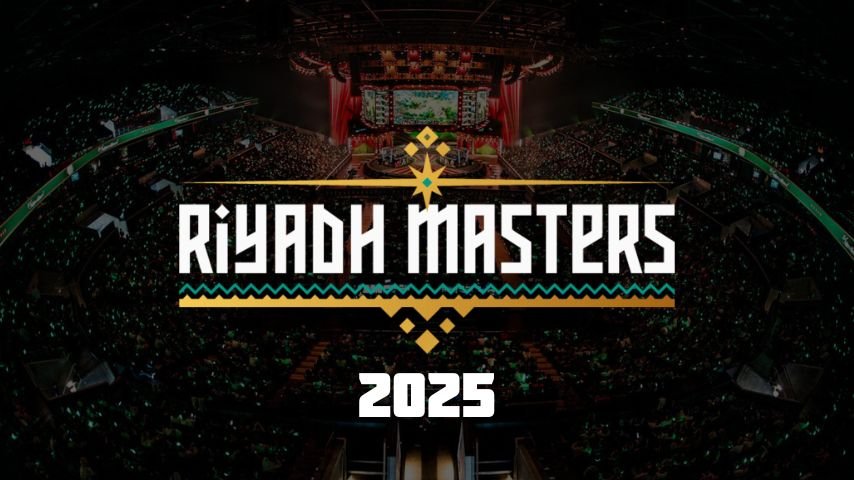The grand stage of the Riyadh Masters 2025, a pinnacle event in the Dota 2 calendar, recently became the subject of an unexpected critique. Beyond the high-stakes gameplay and multi-million dollar prize pool, a fundamental aspect of the tournament production has drawn the ire of professional players and their management: the physical arrangement of the play-off stage tables.
Dmitry “Korb3n” Belov, the seasoned manager of the formidable Team Spirit, recently voiced significant concerns regarding the proximity of player tables during the Riyadh Masters 2025 playoffs. His comments, shared via Telegram, illuminated a widespread issue that, according to him, affected nearly every team competing at the top tier of the tournament.
The Uncomfortable Truth About Close Quarters
In the highly competitive world of professional esports, every marginal advantage or disadvantage can spell the difference between victory and defeat. A comfortable, distraction-free environment is paramount. Yet, Korb3n`s observation painted a picture far from ideal:
“The tables standing close to each other is actually a very bad decision. 90 percent of the teams from the play-offs were unhappy with this and even held a managers` conference on Discord (I was in it too), which, unfortunately, everyone just [didn`t care about] 🤣”
This candid remark cuts straight to the core of the problem. It`s not merely an aesthetic preference; the physical closeness of tables can introduce a myriad of issues. For players, this might mean reduced personal space, increased risk of auditory or visual distractions from opponents, or simply an uncomfortable, cramped feeling that detracts from their ability to focus on the intricate demands of a Dota 2 match. In an arena where split-second decisions and intense concentration are vital, such seemingly minor details can accumulate into significant competitive hurdles.
A Call for Change, Met with Silence?
What makes Korb3n`s statement particularly poignant is the revelation that the dissatisfaction was not isolated. The statistic he cited – “90 percent of teams” – suggests a near-unanimous consensus among the elite participating organizations. This level of collective discontent is rarely seen publicly, indicating a significant flaw in the event`s logistical design from the players` perspective.
Furthermore, the attempt by team managers to collectively address the issue, culminating in a dedicated Discord conference, speaks volumes about their commitment to player welfare and competitive integrity. The implication that this collective feedback was ultimately disregarded, as suggested by Korb3n`s frustrated, albeit wry, emoji, introduces an element of irony. Here we have a multi-million dollar tournament, part of the prestigious Esports World Cup 2025 series, hosted in Riyadh with a $3 million prize pool, yet fundamental player comfort concerns appear to have been swept aside. It begs the question: if the very participants of such a high-caliber event cannot effectively communicate and resolve basic operational issues, what does it say about the responsiveness of event organizers to player needs?
Beyond the Stage: The Broader Implications for Esports Production
This incident at Riyadh Masters 2025 is a stark reminder that while the spectacle of esports continues to grow, the intricate balance between showmanship and practical player needs remains a critical challenge for event organizers. Crafting an engaging viewing experience for millions requires elaborate stage designs and production values. However, these elements should ideally enhance, rather than hinder, the competitive environment for the athletes. The players are, after all, the architects of the entertainment.
The feedback from Korb3n and the collective discontent of the teams serve as a valuable, if somewhat uncomfortable, lesson. As esports continues its rapid professionalization, the dialogue between event organizers and participating teams must evolve beyond mere formalities. A truly “world-class” event should not only boast impressive prize pools and viewership numbers but also a meticulous attention to the competitive environment that enables players to perform at their absolute peak, free from preventable distractions or discomfort. Perhaps the next iteration of such grand tournaments will see a renewed focus on designing stages that are not just visually spectacular, but ergonomically sound and truly player-centric.

